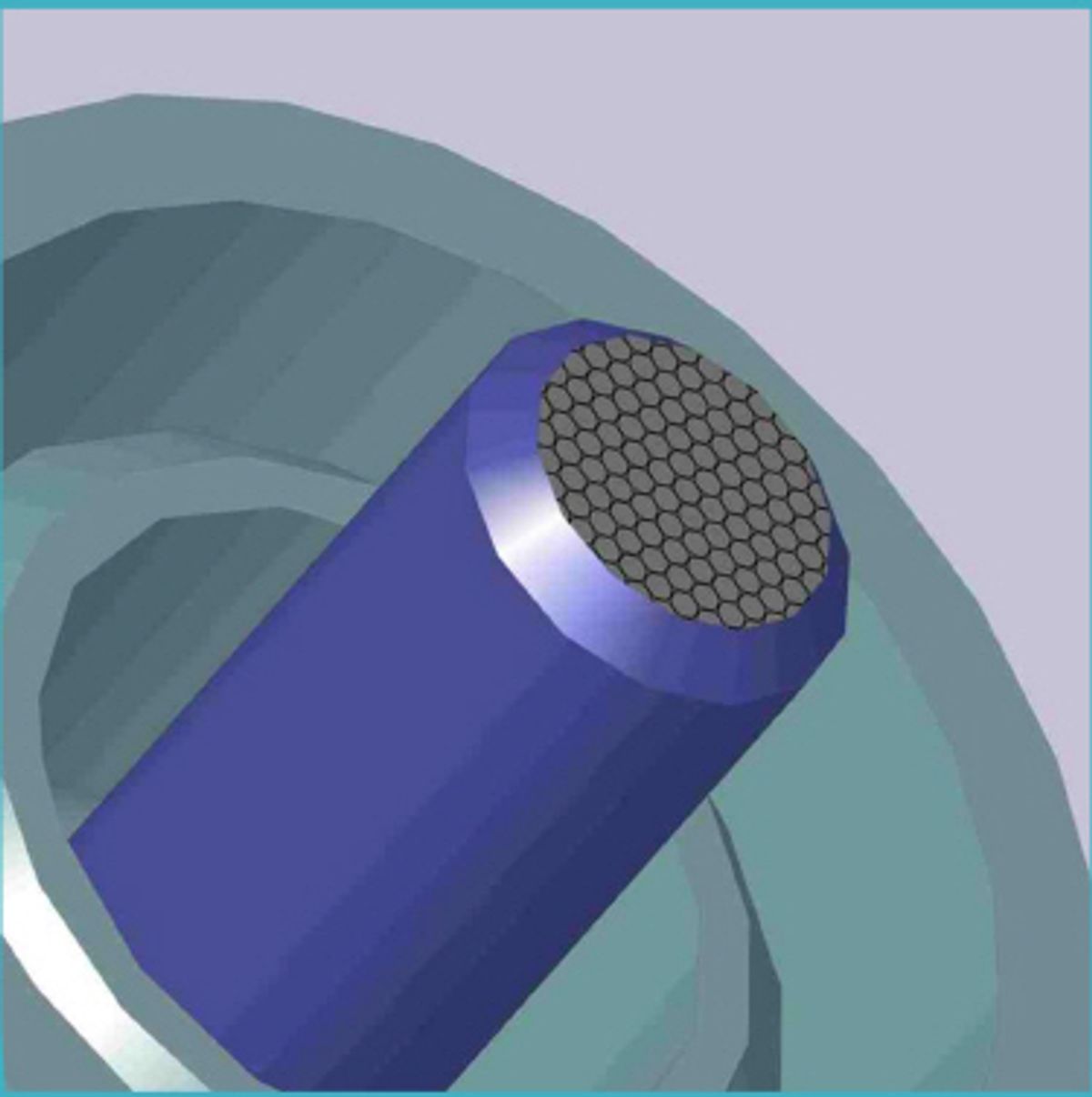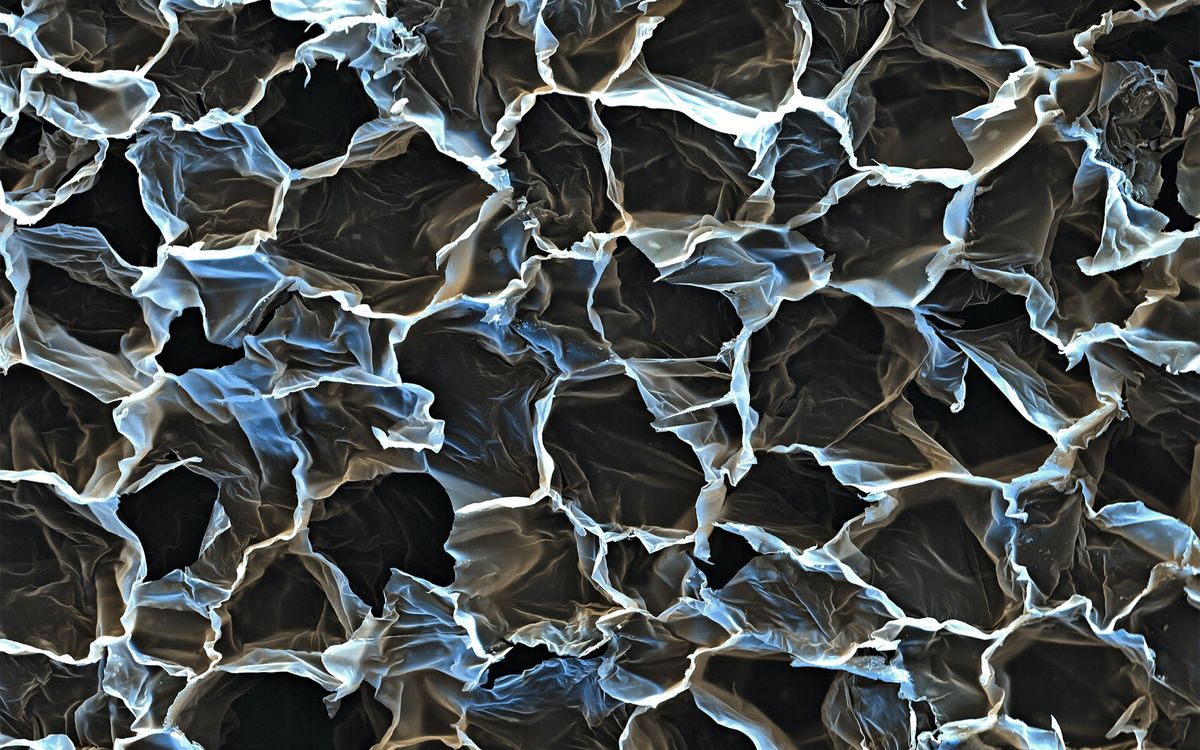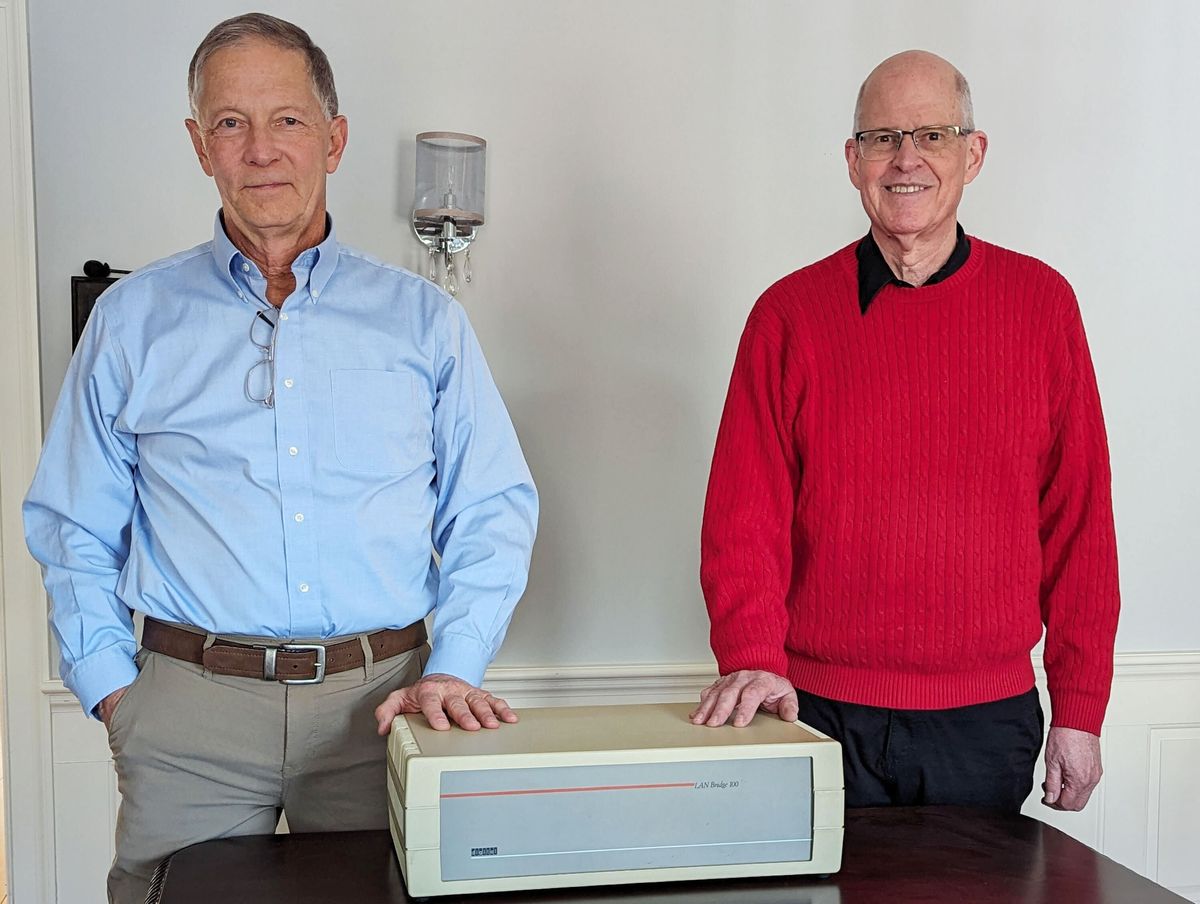Graphene has been on a run of sorts over the last few years, consistently amazing researchers with its capabilities. And in the past few months, it all seems to have accelerated when it comes to electronics applications.
IBM has been behind two of the most recent major breakthroughs. One being the creation of a band gap in graphene and the other a graphene transistor twice as fast as silicon chips.
It still may be a few years off before we see graphene-based transistors in our computers since improvements to large-scale graphene production is still needed as well as the band gap issue to be further addressed as Phaedon Avouris, IBM Fellow and Manager, Nanometer Scale Science & Technology noted to us in our recent interview with him.
However, the work in this area is progressing and has a relative maturity. But the field of optoelectronics is opening up now too as an application area for graphene. Researchers at the University of Cambridge in the UK and CNRS in Grenoble, France have created an ultrafast "mode-locked" graphene laser that would be suitable for optoelectronic applications.
While IBM may have solved the band gap problem, it appears that the UK and French researchers were surprised that their device worked despite not having a band gap, which is the key feature that allows typical “mode-locked” lasers made from semiconductor saturable absorber mirrors (SESAMs) to operate.
Strange indeed and indicative of how far we still need to go in understanding the fundamentals of how some of these nanomaterials, like graphene, operate. Nonetheless the researchers were able to fabricate a device with “the most wideband saturable light absorber ever”.
As the Institute of Physics article cited above describes the process of fabrication:“The team studied how light is absorbed in graphene and how photo-excited charge carriers behave in the material. In particular, they highlighted the key role of "Pauli blocking" in saturating the light absorption. Because of the Pauli exclusion principle, when pumping of electrons in the excited state is quicker than the rate at which they relax, the absorption saturates. This is because no more electrons can be excited until there is "space" available for them in the excited state.Since the Dirac electrons in graphene linearly disperse, this means that it is the most wideband saturable light absorber ever, far out-passing the bandwidth provided by any other known material.”
It seems as though graphene’s strange properties just keep knocking off one electronic application after another.
Dexter Johnson is a contributing editor at IEEE Spectrum, with a focus on nanotechnology.




